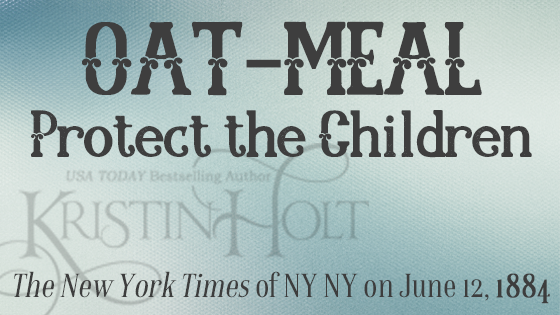
by Kristin Holt | May 30, 2019 | Articles
A vintage newspaper article, published in The New York Times on June 12, 1884, titled Oat-Meal. This prime example of Victorian sense of humor, calling for the legislature to protect children from the horrors of oatmeal, is a “slice of life” story that reveals much about life in that moment in American history.
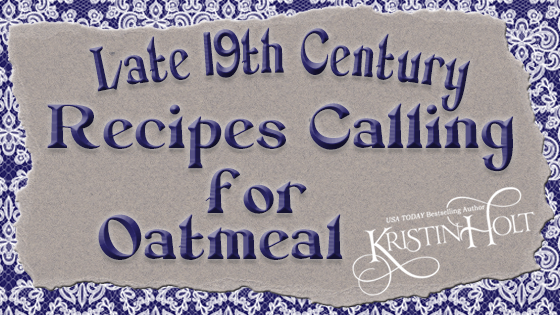
by Kristin Holt | May 27, 2019 | Articles
Oatmeal took its place in the Victorian-American kitchen in the late 19th century. We’ve discovered oatmeal cookies (with and without raisins), oatmeal porridge, oatmeal in toiletries; now more late 19th-century recipes that call for oats. Delicious dishes like oatmeal puddings, oatmeal custards, oatmeal cream pie, oatmeal muffins, oatmeal biscuits (sweet), “parkin”… and a rather scary option– Oatmeal Soup.
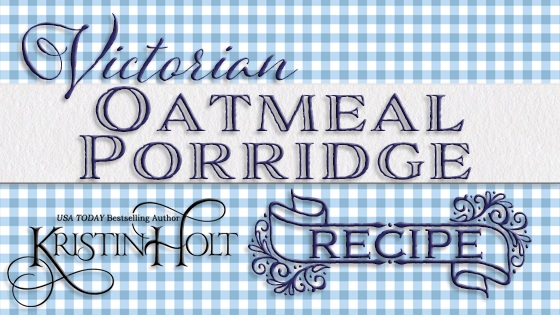
by Kristin Holt | May 24, 2019 | Articles
We’ve seen recipes for oatmeal cookies (with and without raisins), oatmeal in Victorian bath water (to soften and whiten skin), and more. Who knew that Victorian Oatmeal Porridge Recipes could require significantly more instructions (and a dedicated saucepan!) than any other vintage recipe?
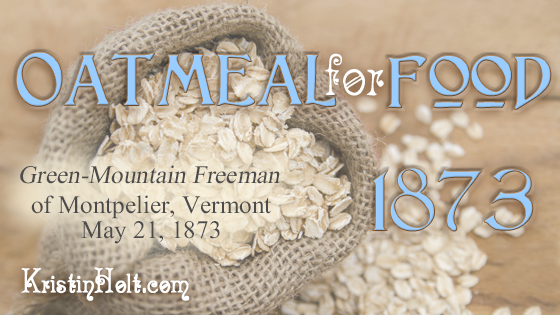
by Kristin Holt | May 15, 2019 | Articles
In support of my other articles about oatmeal in the recipes of Victorian-era Americans, this post contains a lengthy vintage newspaper clipping, an article titled “Oatmeal for Food”. Originally published: Green-Mountain Freeman of Montpelier, Vermont on May 21, 1873. Included as a careful transcription, maintaining formatting, spelling, punctuation, paragraph length, and more. Also includes the digital images from the nearly 150-year old newspaper.
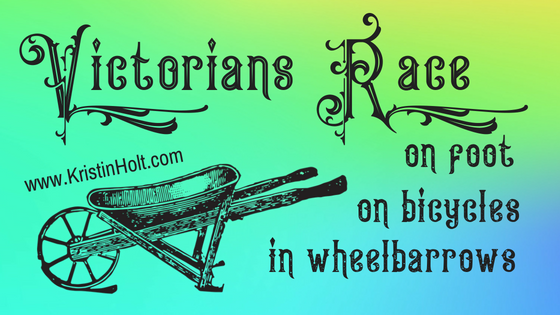
by Kristin Holt | Jul 4, 2018 | Articles
A key scene within Isabella’s Calico Groom (Calico Ball: Timeless Western Collection) is on Independence Day in Evanston, Wyoming Territory (a week shy of Wyoming’s acceptance into the Union as the 44th State). In keeping with the historical favorites when celebrating July 4th, the characters took note of the races–on foot, on bicycles, and in wheelbarrows. Victorian Americans enjoyed a wide range of contests with appealing prizes (cash, clothing, shoes, jewelry, etc.). Would you rather compete in a bicycle race, or in chasing a greased pig?













